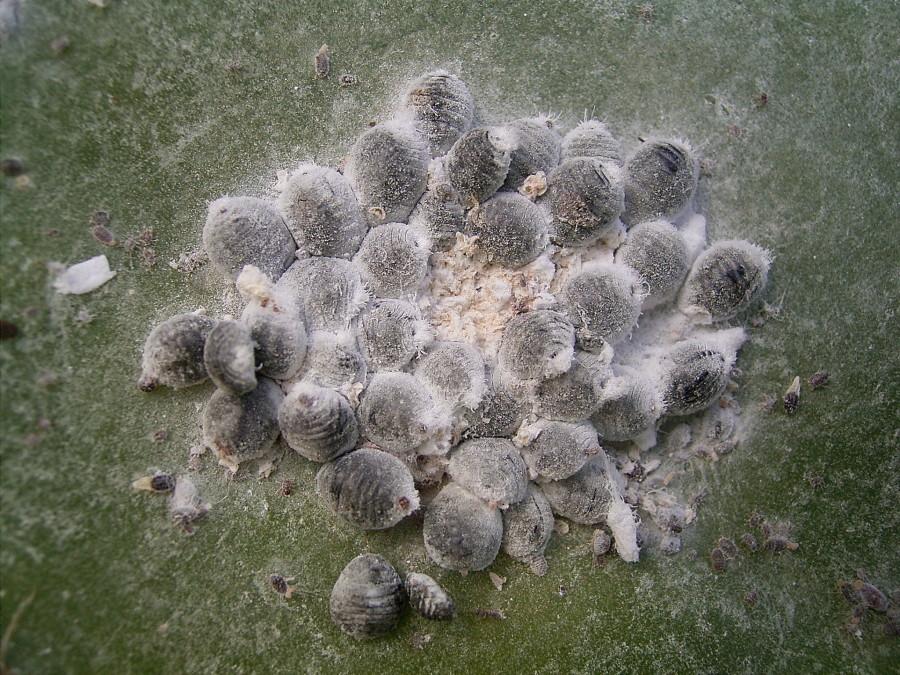Eating a container of yogurt, junior Megan Wills takes a look at the ingredients list for fun. She reads that it contains nonfat milk, strawberries, sugar, fructose, milk protein concentrate, contains less than one percent of maltodextrin corn starch, modified food starch, natural flavors, carrageenan, carmine and black carrot juice, sodium citrate, potassium sorbate, malic acid and vitamin D3. Not knowing what half the words on the list mean, she continues to eat the product. Little does she know the coloring agent carmine is actually boiled cochineal bugs, which are a type of beetle.
“I am completely and utterly disgusted by the fact that I could have eaten this and not known it,” Wills said. “Consumers have the right to know what we are ingesting.”
Carmine is not only know for the fact that it comes from beetles, but also for its allergenic properties that can cause people to go into anaphylactic shock.
“My overall stance is that I believe it is morally wrong to disguise the fact that companies are putting bugs or roaches in our food just to make it red,” the founder of WINDMILL Steve Baggatt said. “Money cannot buy a family member back from death, and how many people have suffered accidental deaths in their families that wouldn’t give everything that they have to get that one loved one back.”
Other products carmine is used in besides yogurt are lipstick and the candy “Good and Plenty.”
“I think candy companies should be allowed to use the dye if they want to but should make consumers aware of what it is made of and the potential risks,” Wills said. “Since it is a natural ingredient they should be allowed to use it. They should leave it up to the consumer after they have been informed whether they are comfortable eating something with carmine in it.”
Senior Emily Giedzinski disagrees.
“As a vegetarian, I know that one has to be very cautious when picking foods,” Giedzinski said. “But I also think as one chooses this alternative lifestyle, it is one’s responsibility to do the background research on products. I don’t say I love having to check what brands of gelatin aren’t made of animal tissue, but it’s something I have to and am willing to do.”
Pro-carmine people argue that the the dye is all natural; therefore, it is better for you because some artificially produced colorings some studies say lead to cancer. Yet, their opposers feel they have a good retort to the view.
“I don’t care if they go all natural,” Mr. Baggatt said. “They should use vegetable or fruit juices whenever possible to get the red color instead of bugs. There are many people that are kosher, and many vegans, that do not believe in eating living creatures. Companies should stay with natural coloring agents. Carmine is a red color, so you can get a red color from beet juice.”
In the past carmine could be listed ads “Red 5” on food labels, but now the FDA has made it mandatory to list carmine as one of the ingredients.
“I think it’s good that the FDA has made companies that use carmine say they use it,” sophomore Hannah Loveland said. “It should have been done in the first place. I think that the risk of using carmine definitely outweighs the positives of being a natural ingredient. At this point I would rather have something artificial in me than having something secretly made from cockroaches in me. ”





